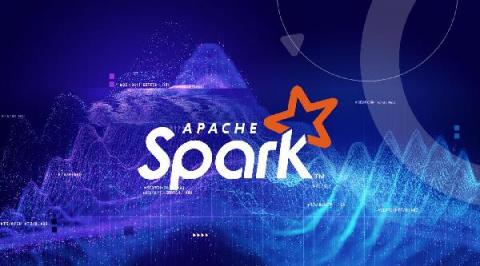Operations | Monitoring | ITSM | DevOps | Cloud
February 2021
Buying on AWS Reserved Instance Marketplace
While buying AWS Savings Plans and reserved instances can potentially reduce EC2 costs by up to 70%, the 1- or 3-year commitment required to achieve these savings can sometimes end up wasting more money than if you had stayed with on-demand pricing. In this article we will explore why AWS commitments can be tricky and how buying shorter-terms RIs on the Amazon Reserved Instance Marketplace can be done successfully.
Cloud Analyzer's Saved Reports Deliver Optimized Reporting
As Spot by NetApp’s Cloud Analyzer usage grows, customer feedback is continuously being incorporated and added as new features and functionality. Recently, we have been adding to Cloud Analyzer’s spend analysis features, enabling more filters and options for conducting focused drill-down into spend data.
Challenges of a cloud native Spark application
Big data applications require distributed systems to process, store and analyze the massive amounts of information that companies are collecting. Apache Spark has become a go-to framework for this, powering use cases from AI and machine learning to data analysis, by providing a unified interface for distributing data processing tasks across a cluster of machines. Spark requires other services to manage the cluster, with YARN and Mesos as two well-known cluster management tools.





